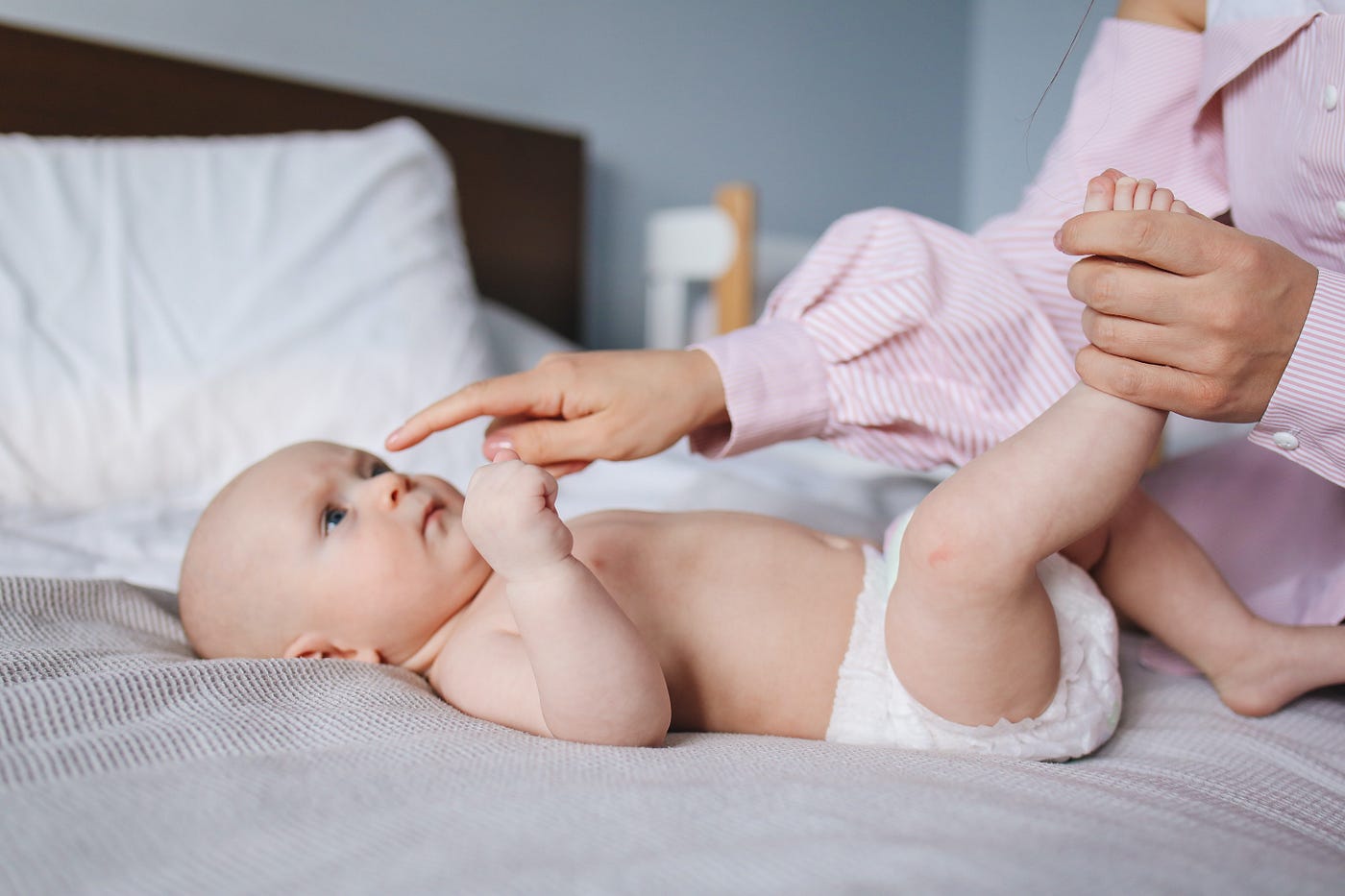
Clean and Comfortable: A Parent’s Guide to Diapering and Hygiene
As a parent, ensuring your baby stays clean and comfortable is not only essential for their health and well-being but also for your peace of mind. In this guide, we’ll delve into the intricacies of diapering techniques, preventing diaper rash, bathing your baby, and maintaining good hygiene practices. From choosing the right diapers to creating a soothing bath time routine, we’ve got you covered. Let’s dive in!
- Diapering : Diapering is a fundamental aspect of caring for your baby, and mastering it can make your parenting journey smoother and more enjoyable. Start by selecting the appropriate diapers for your baby’s size and needs, whether you opt for disposable or cloth diapers. Ensure you have all the necessary supplies on hand before you begin: diapers, wipes, diaper cream, and a changing pad or clean surface. When changing your baby’s diaper, gently clean their diaper area with wipes or a soft cloth dampened with water, wiping from front to back to prevent infections. Pat the area dry before applying a thin layer of diaper cream to protect against moisture and diaper rash. Finally, secure the clean diaper snugly around your baby, ensuring a comfortable fit that allows for movement while preventing leaks.
- Preventing Diaper Rash : Diaper rash is a common concern for parents, but with proactive prevention strategies, you can minimize your baby’s discomfort and keep their skin healthy. The key to preventing diaper rash is maintaining clean and dry skin. Change your baby’s diaper frequently, ideally every two to three hours or as soon as it becomes soiled, to reduce exposure to moisture and bacteria. During each diaper change, clean your baby’s diaper area gently but thoroughly, using fragrance-free wipes or a soft cloth and lukewarm water. Avoid using harsh soaps or alcohol-based wipes, as they can strip the skin of its natural oils and exacerbate irritation.
Once your baby’s skin is clean and dry, apply a thin layer of diaper cream containing zinc oxide to create a protective barrier against moisture and irritants. Zinc oxide-based creams are particularly effective at soothing irritated skin and preventing diaper rash. Additionally, give your baby’s skin a chance to air dry before putting on a fresh diaper, as this can help reduce moisture buildup and promote healing.
- Bathing Basics : Bathing your baby is not only a practical necessity but also a precious bonding experience that strengthens your connection with your little one. When it comes to bathing your baby, less is more. Aim for short, gentle baths lasting no more than 5-10 minutes to avoid drying out your baby’s delicate skin. Start by gathering all the essentials you’ll need: a baby bathtub or basin, gentle baby soap or cleanser, soft washcloths, a cup for rinsing, and a hooded towel. Fill the bathtub with warm (not hot) water to a depth of a few inches, ensuring it’s comfortable to the touch. Always test the water temperature with your elbow or wrist before placing your baby in the bath.
Before placing your baby in the water, undress them carefully, keeping them wrapped in a warm towel or blanket to prevent them from getting cold. Support your baby’s head and neck with one hand while using the other hand to gently wash their body with a mild baby soap or cleanser. Pay special attention to creases and folds where dirt and bacteria can accumulate, such as the neck, armpits, and diaper area.
After washing your baby, rinse them thoroughly with clean water, using a cup or your hand to pour water gently over their body. Avoid getting water or soap in your baby’s eyes, nose, or mouth, as this can cause irritation. Once your baby is clean, carefully lift them out of the bath and wrap them in a soft, absorbent towel, making sure to cover their head to retain heat. Gently pat your baby dry, paying special attention to creases and folds where moisture can linger.
- Skincare Tips : Your baby’s skin is delicate and prone to dryness, so it’s essential to choose skincare products that are gentle and nourishing. Look for mild, hypoallergenic cleansers and moisturizers specifically formulated for babies, avoiding products containing harsh chemicals, fragrances, or dyes that can irritate sensitive skin. During bath time, use a small amount of baby soap or cleanser to wash your baby’s body, focusing on areas prone to dirt and bacteria buildup. Rinse thoroughly with clean water to remove any soap residue, and pat your baby’s skin dry with a soft towel.
After bathing, moisturize your baby’s skin with a gentle baby lotion or oil to lock in moisture and prevent dryness. Pay special attention to areas prone to dryness, such as the cheeks, elbows, and knees, and massage the lotion or oil gently into your baby’s skin using circular motions. Dress your baby in loose-fitting, breathable clothing made from natural fibers like cotton to allow their skin to breathe and reduce the risk of irritation.
By following these tips and techniques for diapering and hygiene, you can ensure that your baby stays clean, comfortable, and healthy. Remember to trust your instincts as a parent and seek advice from your pediatrician if you have any concerns about your baby’s skin or hygiene. With a little care and attention to detail, you’ll be well on your way to mastering the art of keeping your baby happy and clean. Here’s to many clean and comfortable days ahead!













